Important Diagrams: How do Organisms Reproduce? | Science Class 10 PDF Download
Fission
Fission reproduction refers to a type of asexual reproduction in which an organism splits into two or more parts, and each part develops into a separate individual. The parent cell divides into daughter cells. Its of two types:
(a) Binary Fission
Many bacteria and protozoa just split into two equal parts. It’s like cutting a cookie in half.
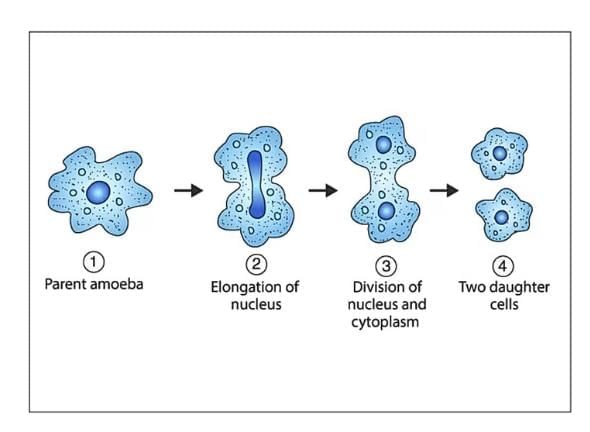
(b) Multiple Fission
Other organisms, like the malaria parasite Plasmodium, don’t just make two new cells; they split into many new cells all at once.
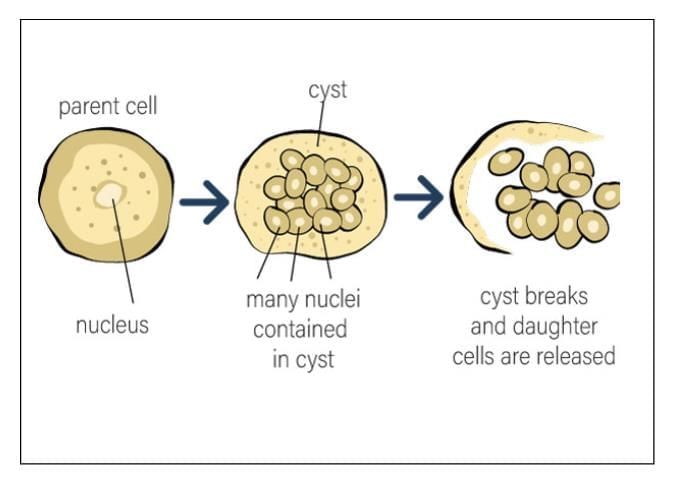
Fragmentation
Fragmentation is a type of asexual reproduction where an organism breaks into fragments, and each fragment develops into a new individual. Example: Spirogyra.
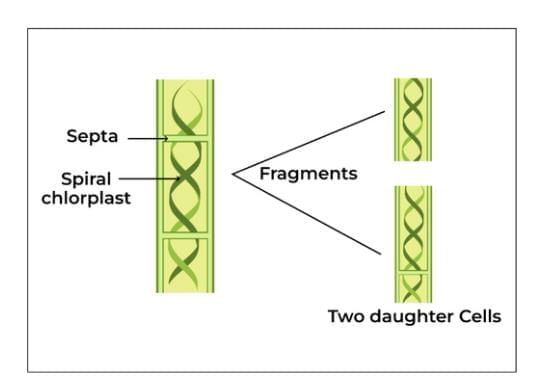
Regeneration
When an organism is cut or broken into multiple pieces, and each of those pieces has the ability to develop into a complete and functional organism, it is referred to as regeneration.
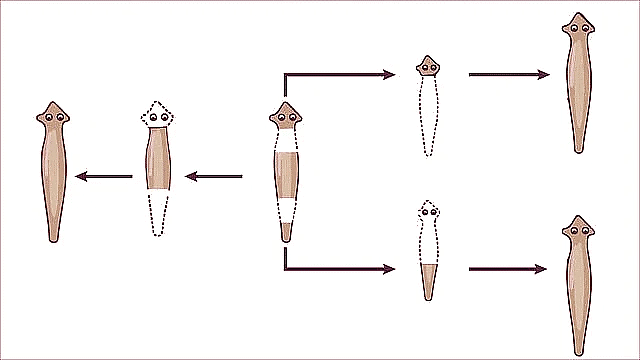
Budding
In some organisms, a bud forms as a small outgrowth on the parent body. This bud undergoes development and gradually matures into a miniature individual.
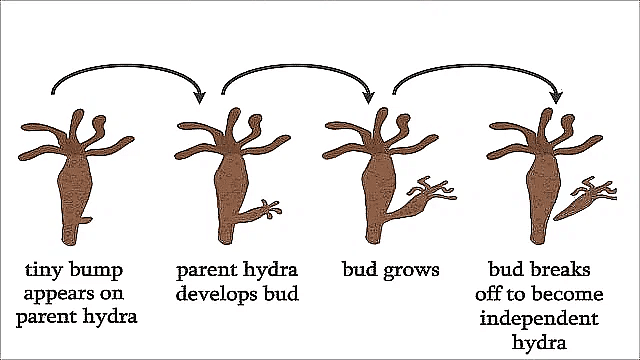
Vegetative Propagation
This is the mode of reproduction by which plants reproduce asexually. In this mode, new plants are developed from a plant’s vegetative parts like stem, leaf, and root.
Leaf of Bryophyllum with Buds
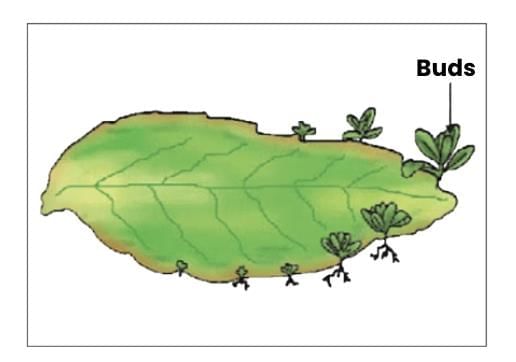
Spore Formation
Spores are small bulb-like structures that are covered by thick walls. Under favourable conditions, they germinate and produce new organisms. Example: Rhizopus
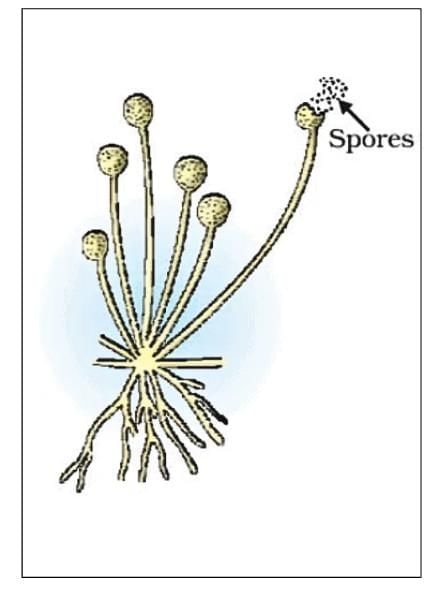
Parts of a Flower
Longitudinal section of flower shows sexual reproductive organs of a plant.
- The stamen, or male reproductive part, consists of a filament and an anther enclosing pollen grains containing male gametes.
- The pistil, or female reproductive part, comprises the stigma, style, and ovary, with the ovary containing an ovule housing the egg cell.
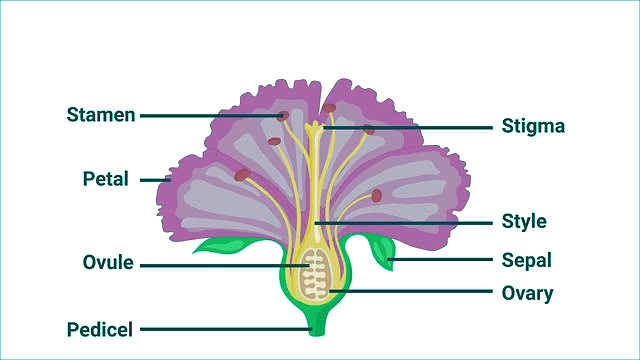
Germination of Pollen on Stigma
On the stigma, the pollen grains absorb water and nutrients and produce a tiny pollen tube that passes through the style and reaches the ovary.
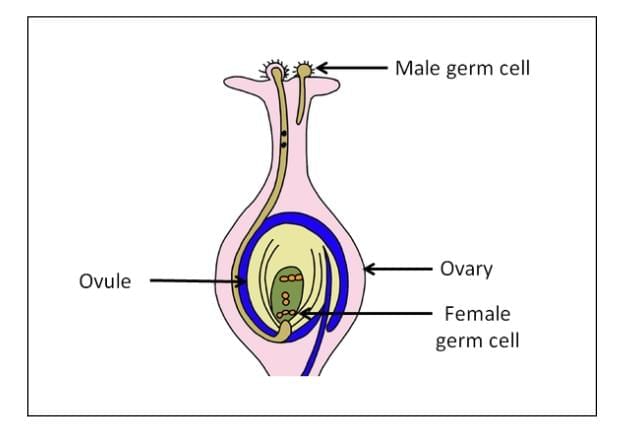
Male Reproductive System
The male reproductive system consists of organs that produce and transport the male germ cell or gamete, male hormone testosterone and the organs which facilitate the discharge of male germ-cells into the female reproductive system for fertilisation.
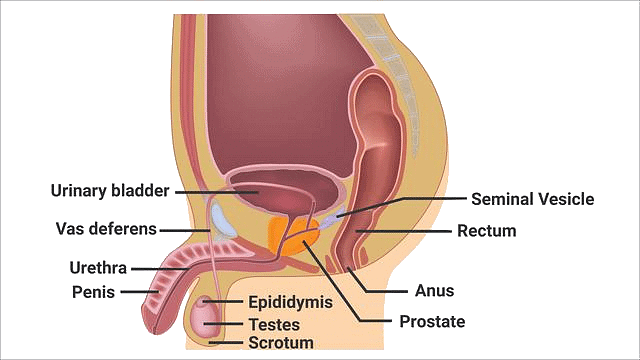
Sperm
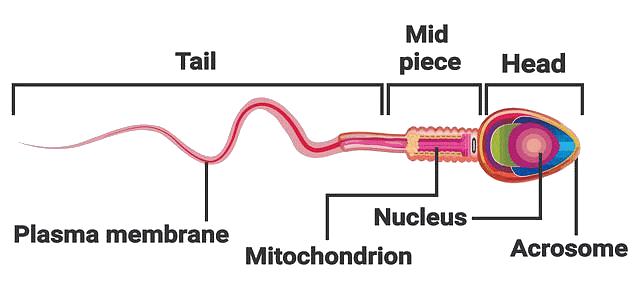
Female Reproductive System
The female reproductive system consists of organs responsible for producing female germ cells, facilitating gamete fertilization, and supporting embryo development into a new individual.
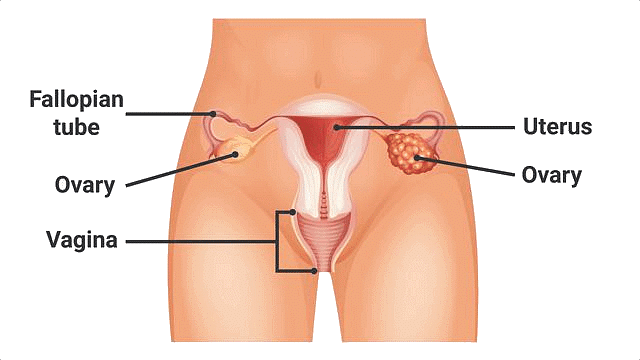
|
80 videos|662 docs|80 tests
|
FAQs on Important Diagrams: How do Organisms Reproduce? - Science Class 10
| 1. What are the main types of asexual reproduction in organisms? |  |
| 2. How does fission work as a method of asexual reproduction? |  |
| 3. What is vegetative propagation and how does it occur in plants? |  |
| 4. What role do spores play in reproduction and how are they formed? |  |
| 5. How does the male reproductive system function in flowering plants? |  |
















